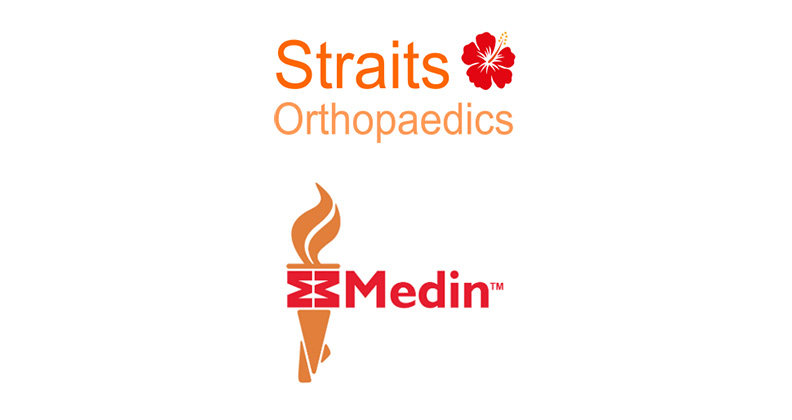
The orthopedic industry is a dynamic international business. Orthopedic device companies serve the global population and contend with different regulatory bodies and healthcare structures. These complexities and economic, social and political factors create opportunities and challenges for each market.
According to our recently released THE ORTHOPAEDIC INDUSTRY ANNUAL REPORT®, the U.S. continues to be the frontrunner of the market, garnering around $35.2 billion – or 65.6% – of orthopedic sales in 2021. Our latest infographic looks at orthopedic sales by region and offers a glance at three geographic updates.

Infographic proudly sponsored by Elos Medtech
While COVID has created obstacles for orthopedic procedures globally, the pandemic hit the U.S. particularly hard in recent years. The recovery in the U.S. peaked sometime in the second quarter of 2021 before derailing in November. While fluctuations are expected in 2022, the market appears to be on a path to recovery as the country reaches a post-pandemic phase.
The European market continues to grow exceedingly complex with the European Union’s Medical Device Regulation (EU MDR). Companies have experienced disruption in the market as they’ve scaled back products and have worked to meet more stringent regulatory and quality requirements. It’s largely believed that the medical device industry is on the cusp of a pendulum swing, whereby companies will prioritize the U.S. over Europe for commercialization of innovative products.
Orthopedic players competing in China face changing price dynamics. National volume-based purchasing (VBP) tenders for knee and hip replacement implants slashed average prices by more than 80% in 2021. The changes didn’t knock any major orthopedic players out of the Chinese market, but they will certainly require alterations in company strategy. Trauma and spine companies expect VBP to impact them next.




